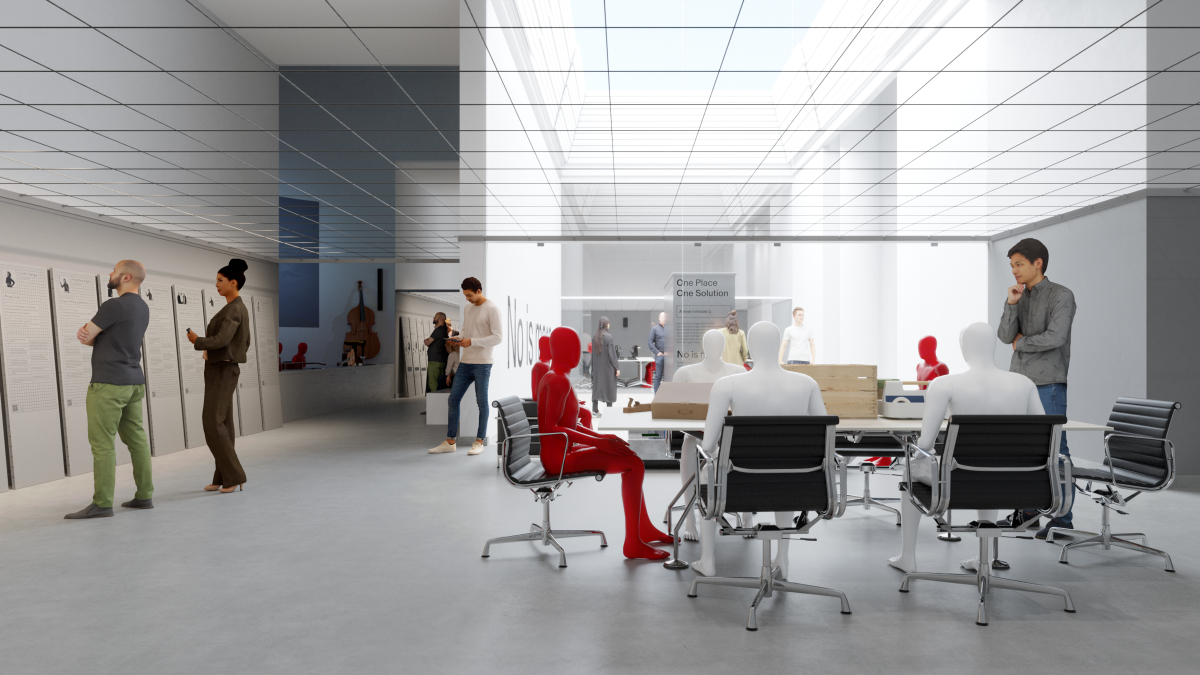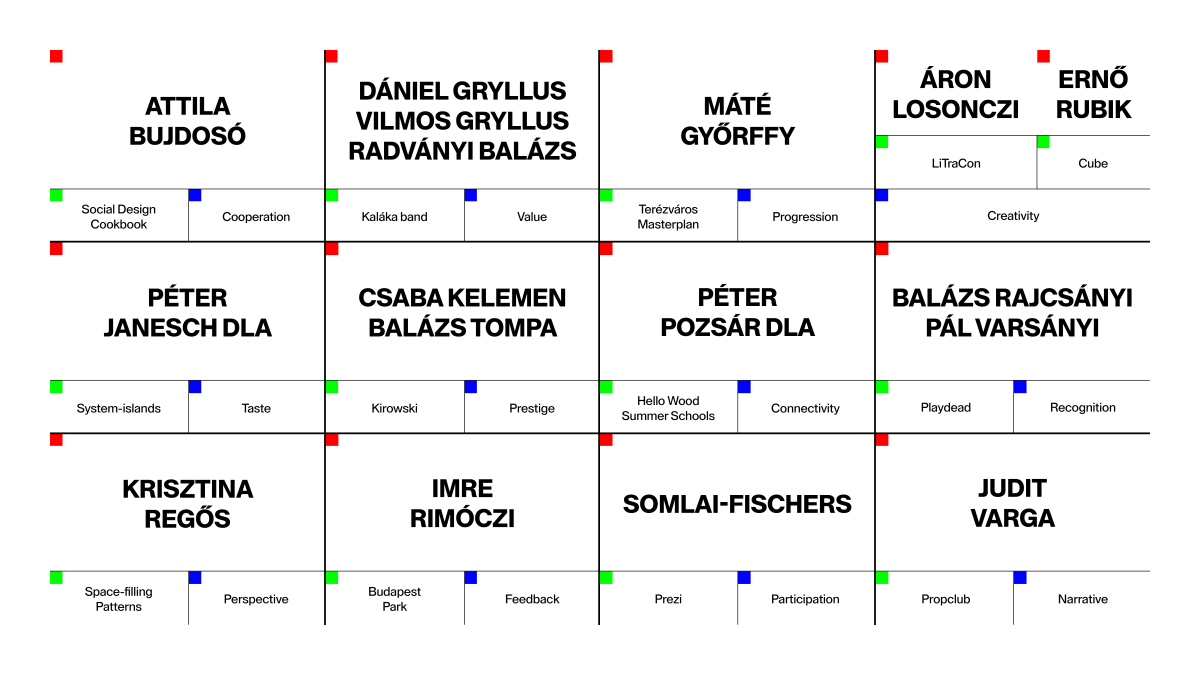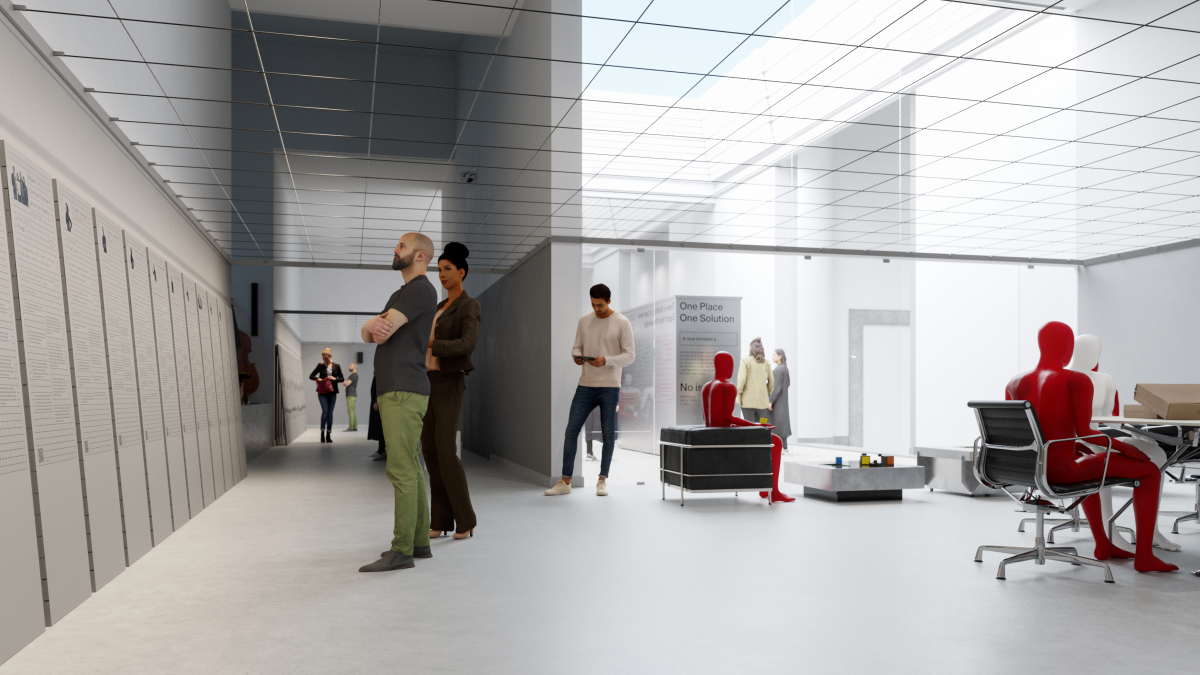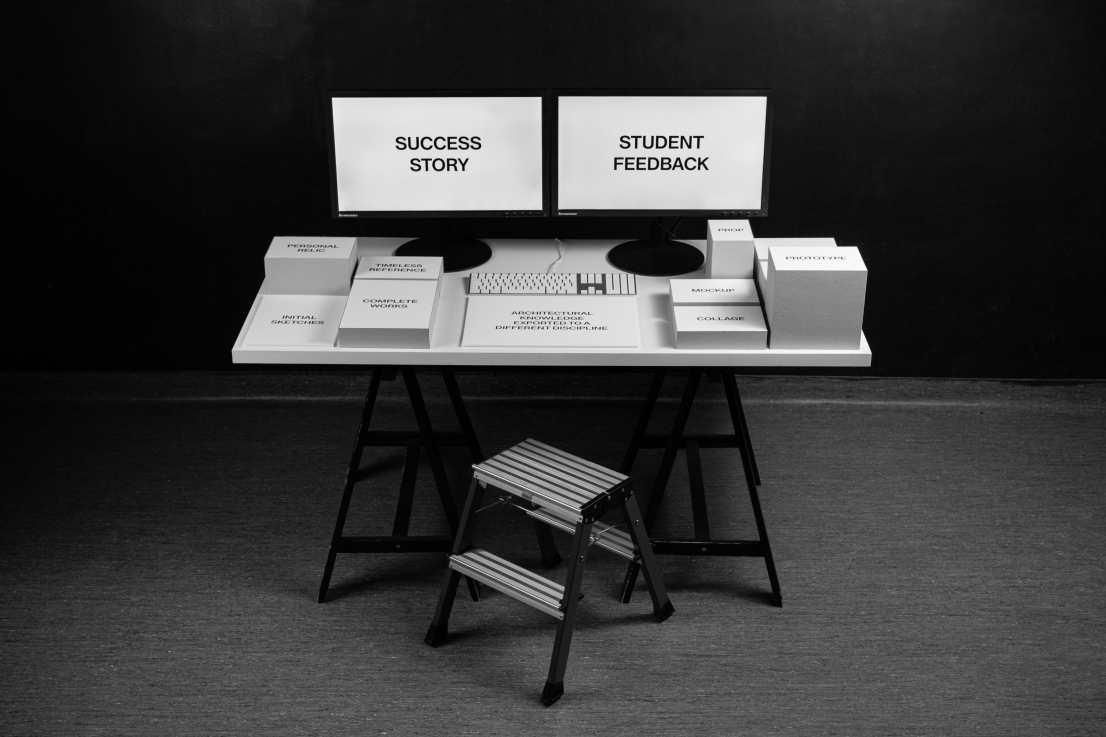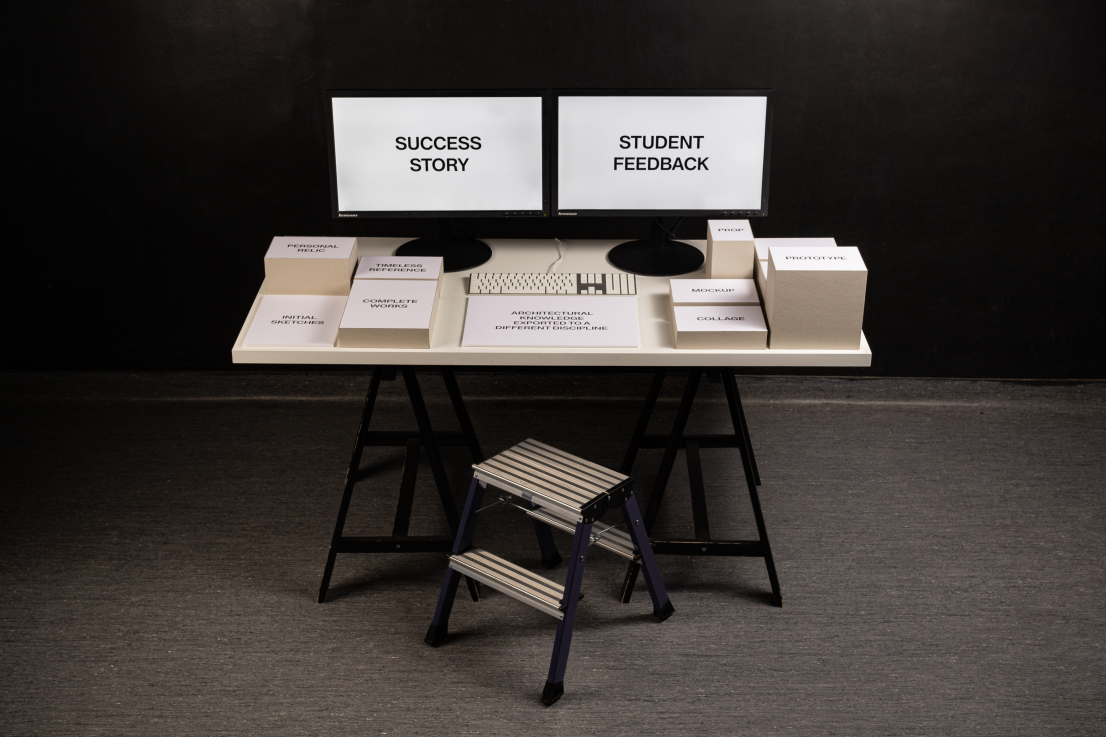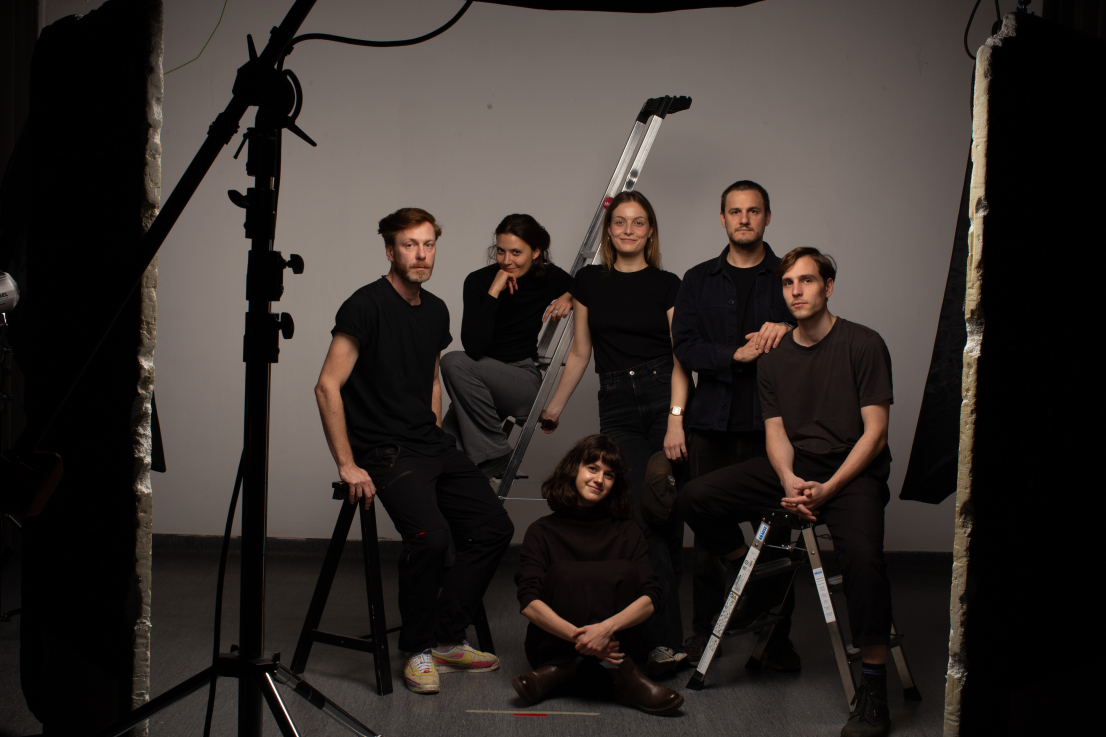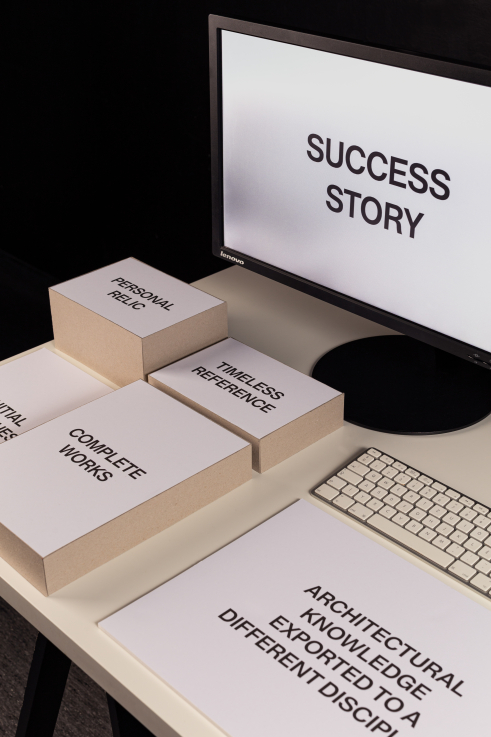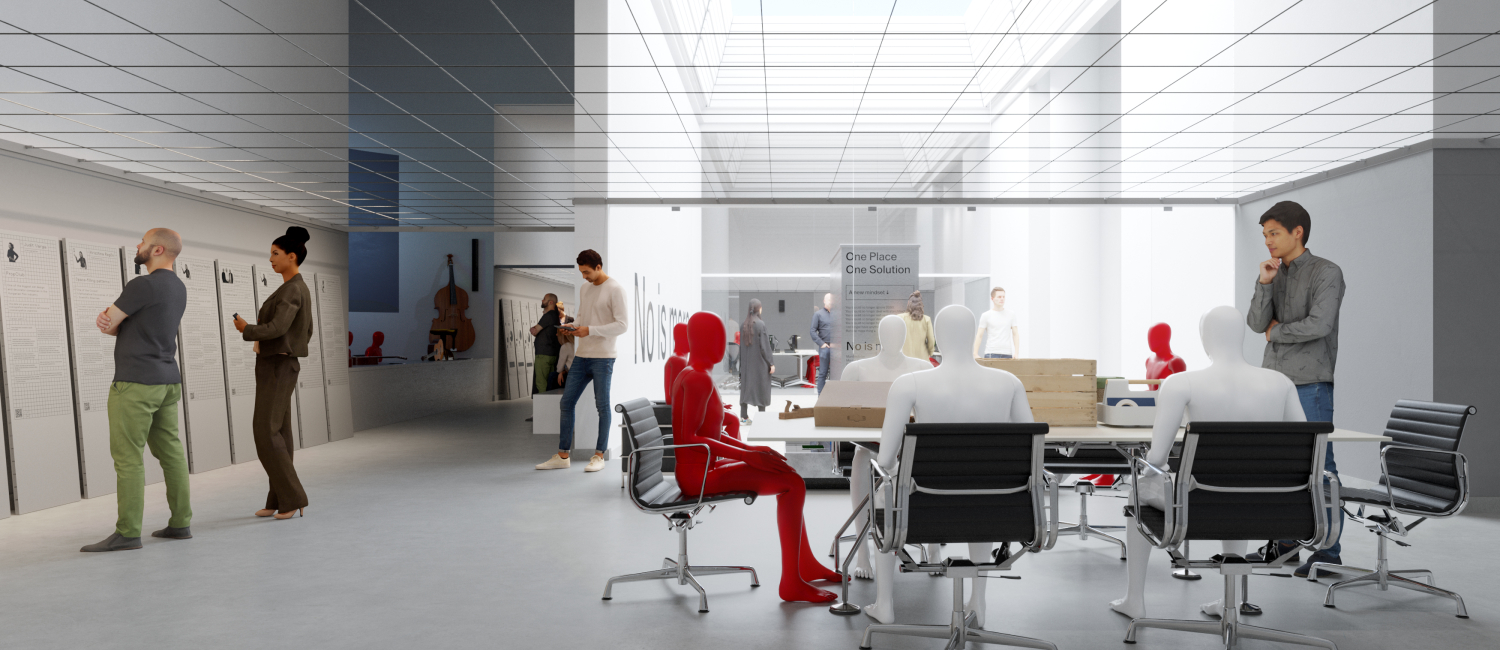The Hungarian Pavilion showcases the work of creative professionals who have graduated as architects and use their architectural knowledge outside the profession. Not only are they achieving success in these new fields, but they also represent values that market-oriented architecture cannot.
Architecture is a creative process and the construction industry is a pillar of the economy. Since architecture is subsumed under the construction industry, we tend to label any constructed building as architecture. However, while architecture shapes culture, the construction industry is primarily a driver of economic prosperity. In other words, the creative process has no direct impact on the economy, nor does a prospering economy necessarily contribute to culture.
Architects are no longer able to fulfill their social and cultural role: instead, they try their best to meet the ever-changing market requirements. This trend is associated worldwide with the erosion of erstwhile guiding principles, the loss of the architect’s creative role, and a monotonous built environment tailored to market requirements. (Unsustainable prestige investments, uniform office culture, the dominance of RAL7016 grey, etc.)
Architectural knowledge is inherently natural, artificial, and collective all at once, so it can often be put to much better use outside the framework of the construction industry. The Hungarian Pavilion offers alternatives for career starters, career dropouts, and career finders alike, and proves that an architect can make more than just a house. There is nothing more sustainable than not building. “There Is Nothing to See Here” is a riot, a self-reflecting critique, and a hot take on architecture as we know it today. We are here to say yes to no, and thus our contribution to One Place, One Solution is: #noismore
The exhibition evokes a now abandoned, once prestigious architecture studio, where architects work on their successful projects outside the profession. The content of the exhibition is divided into three categories, represented by an RGB color scheme. Red stands for the participants, green for their successful projects, and blue marks the student reports on the state of architecture collected during our survey across Hungarian architecture universities.
Commissioner: Julia Fabényi
Curator: Márton Pintér
Exhibitors: Attila Bujdosó, Dániel Gryllus with Vilmos Gryllus and Balázs Radványi (Kaláka band), Máté Győrffy, Péter Janesch, Csaba Kelemen and Balázs Tompa (Kirowski), Áron Losonczi, Ernő Rubik, Péter Pozsár, Balázs Radványi and Pál Varsányi (Play Dead), Krisztina Regős, Imre Rimóczi, Ádám Somlai-Fischer and his family, Judit Varga
Research Team: Júlia Böröndy, András Graf, Ingrid Manhertz
Graphic Designer: Gergely Lukács Szőke
Short Film Art Director: Benjámin Kalászi | https://noismore.com | X: @noismore_ | Instagram: @noismore_
Organizer: Ludwig Museum – Museum of Contemporary Art, Budapest
Venue: Hungarian Pavilion, Giardini
Press office:
Gabriella Rothman +36 20 3314033, rothman.gabriella@ludwigmuseum.hu
Zsuzsanna Fehér + 36 30 6190710, feher.zsuzsanna@ludwigmuseum.hu
High-resolution images and press material can be downloaded from the link below:
http://vb25press.ludwigmuseum.hu
Main Supporter: Hungarian Ministry of Culture and Innovation
Professional Partner: University of Pécs – Faculty of Engineering and Information Technology
Sponsor: Möbelkunst

